Following a series of community activations by the independent library in London, writer and curator Haja Fanta highlights key titles from its diverse collection.
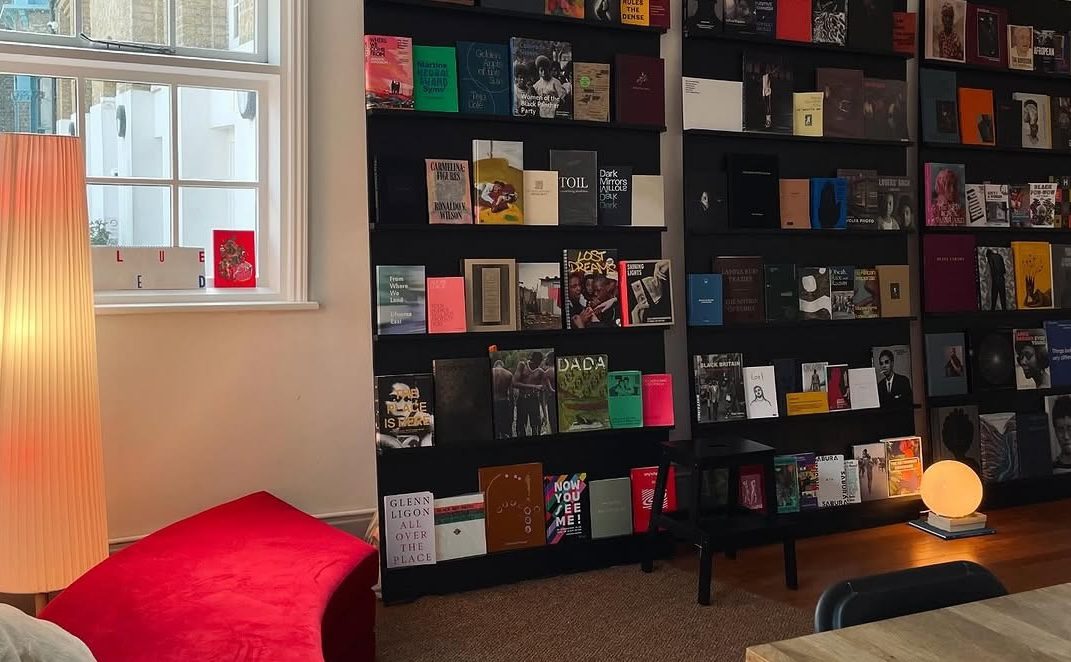
Tint Library Space. Photo: Haja Fanta
Founded by Mariam Adesokan towards the end of 2023, Tint is a small lending library that provides materials based on Black art. It has already built a dedicated community despite having no permanent physical location, demonstrating the power of independent initiatives in shaping cultural access and collective knowledge-building. Operating outside traditional institutional frameworks, the library prioritizes accessibility and shared knowledge, creating a space where engagement with Black artistic thought is open and communal.
When Tint expanded its mission beyond the shelves during a month-long pop-up in southeast London this spring, it served as a reminder that libraries are not just third spaces for us to occupy but also create opportunities for us to be moulded by knowledge-sharing. The program offered coding and bookbinding workshops, lectures, and screenings featuring cross-generational artists and thinkers such as Barby Asante, Daniel Oduntan, Darryl Daley, Nabil Al-Kinani, and Onyeka Igwe. At a time of active calls for censorship of libraries in the UK, Tint is intentionally embracing the responsibility of nurturing civic spaces.
While Tint is still growing its collection, it hosts a wide range of contemporary books, zines, and DVDs, including a growing amount of independently published material. What I particularly enjoyed about sifting through the library was how relevant the subject matter felt to our current climate. Topics treated like footnotes in most libraries, such as queerness, Black feminist literature, and colonialism, form the spine of this one.
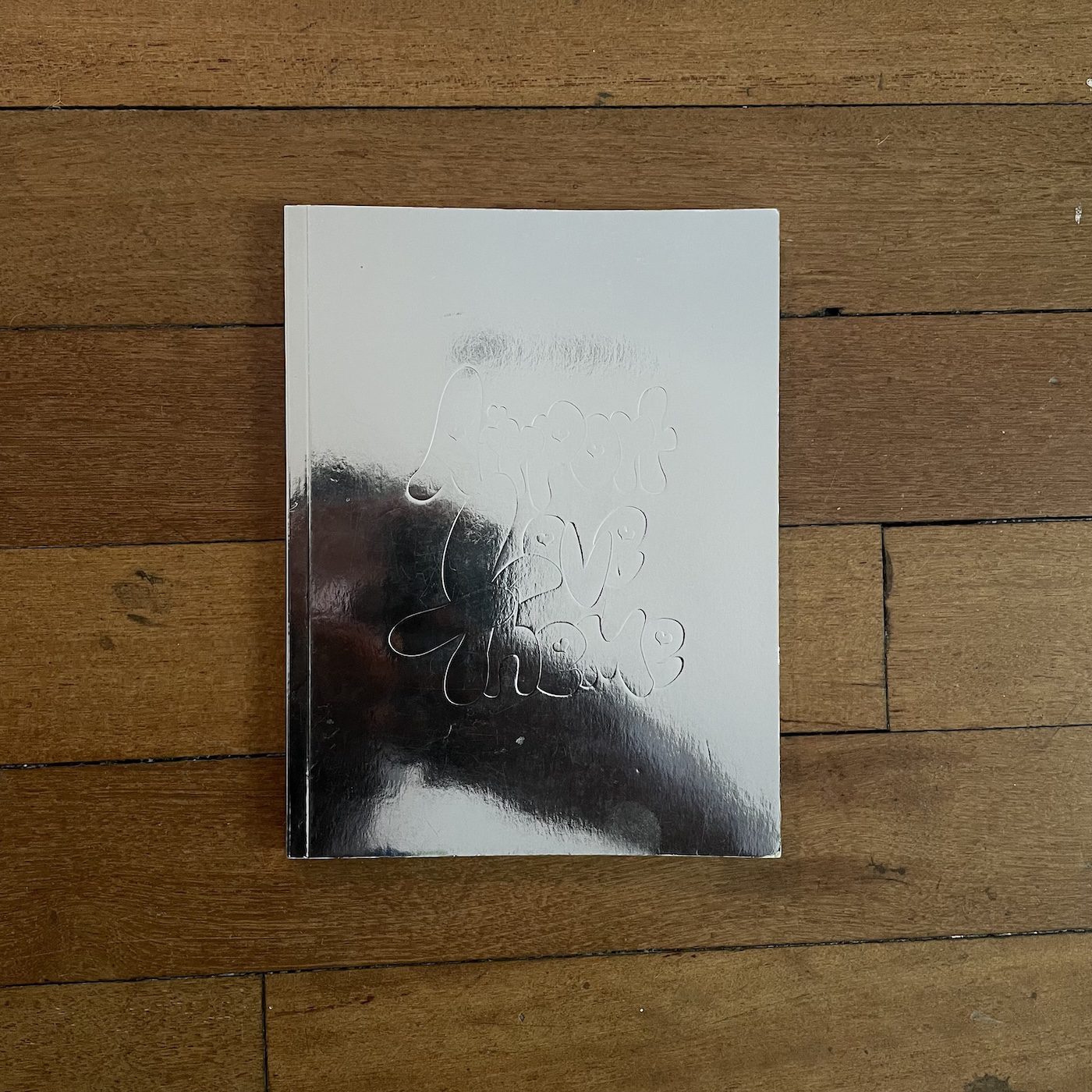
Hamishi Farah, Airport Love Theme, Book Works, 2020. Photo: Haja Fanta
Airport Love Theme by Hamishi Farah (Book Works, 2020)
Based on real-life experience, this graphic novel wittily illustrates the illusions and violence upheld by borders. Farah, born in Somalia and holding Australian nationality, had already been refused entry to the US three times. The novel navigates the contradictions faced by an artist whose work moves freely across international borders while they themselves remain subject to surveillance, suspicion, and denial. Set mainly in a holding center, the story exposes how allegiance to a nation-state erodes solidarity, even among those who share Farah’s own race, culture, or origin, transforming potential allies into agents of the system.
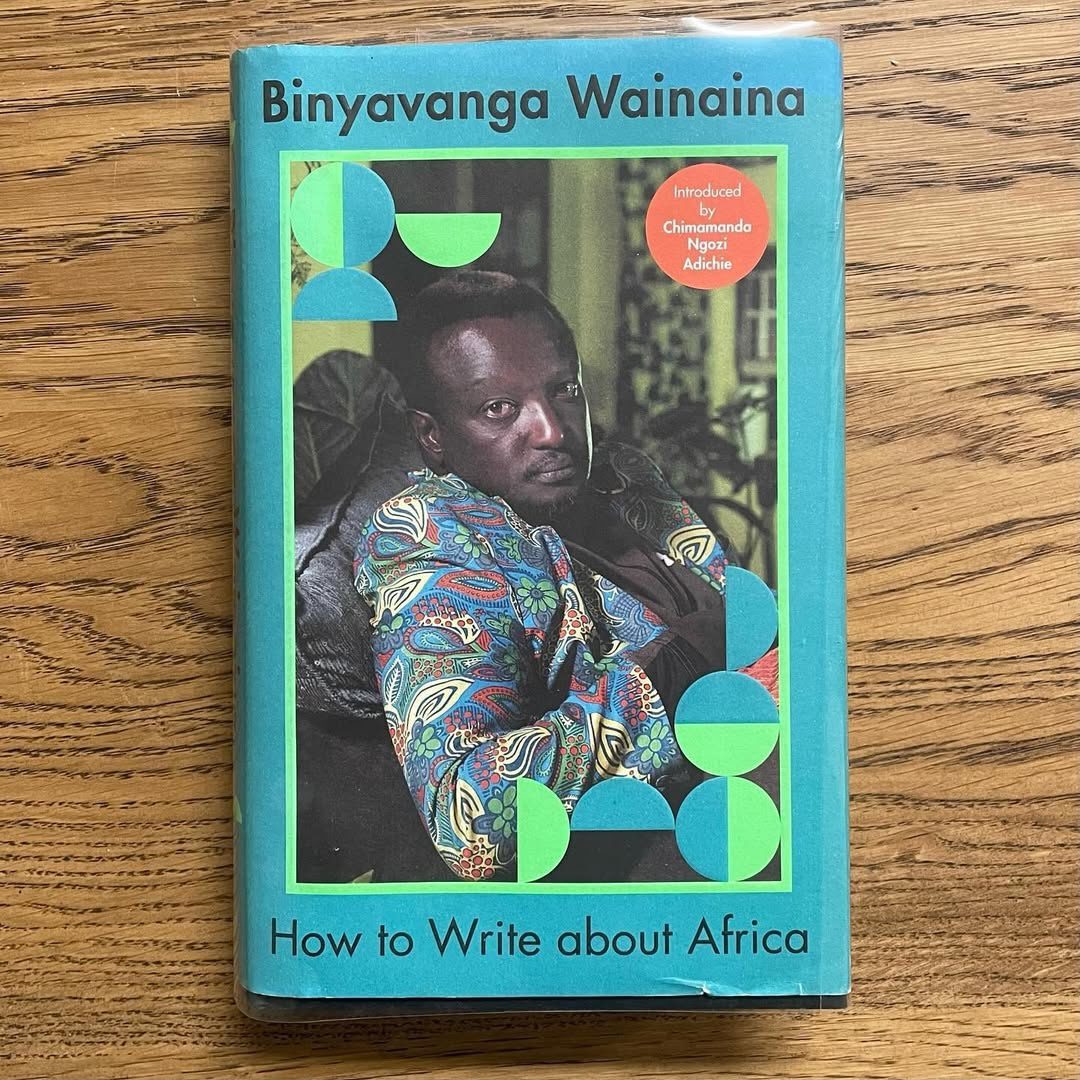
Binyavanga Wainaina, How to Write about Africa, Hamish Hamilton, 2022. Photo: Haja Fanta
How to Write About Africa by Binyavanga Wainaina (Hamish Hamilton, 2022)
A sharp and satirical collection of essays that dissects the reductive and often patronizing language used to describe the African continent. Spanning themes such as queerness, conflict, and representation, the essays challenge dominant narratives shaped by Western media and literary traditions. Binyavanga Wainaina, who won the Caine Prize for African Writing, sadly passed away in 2019.
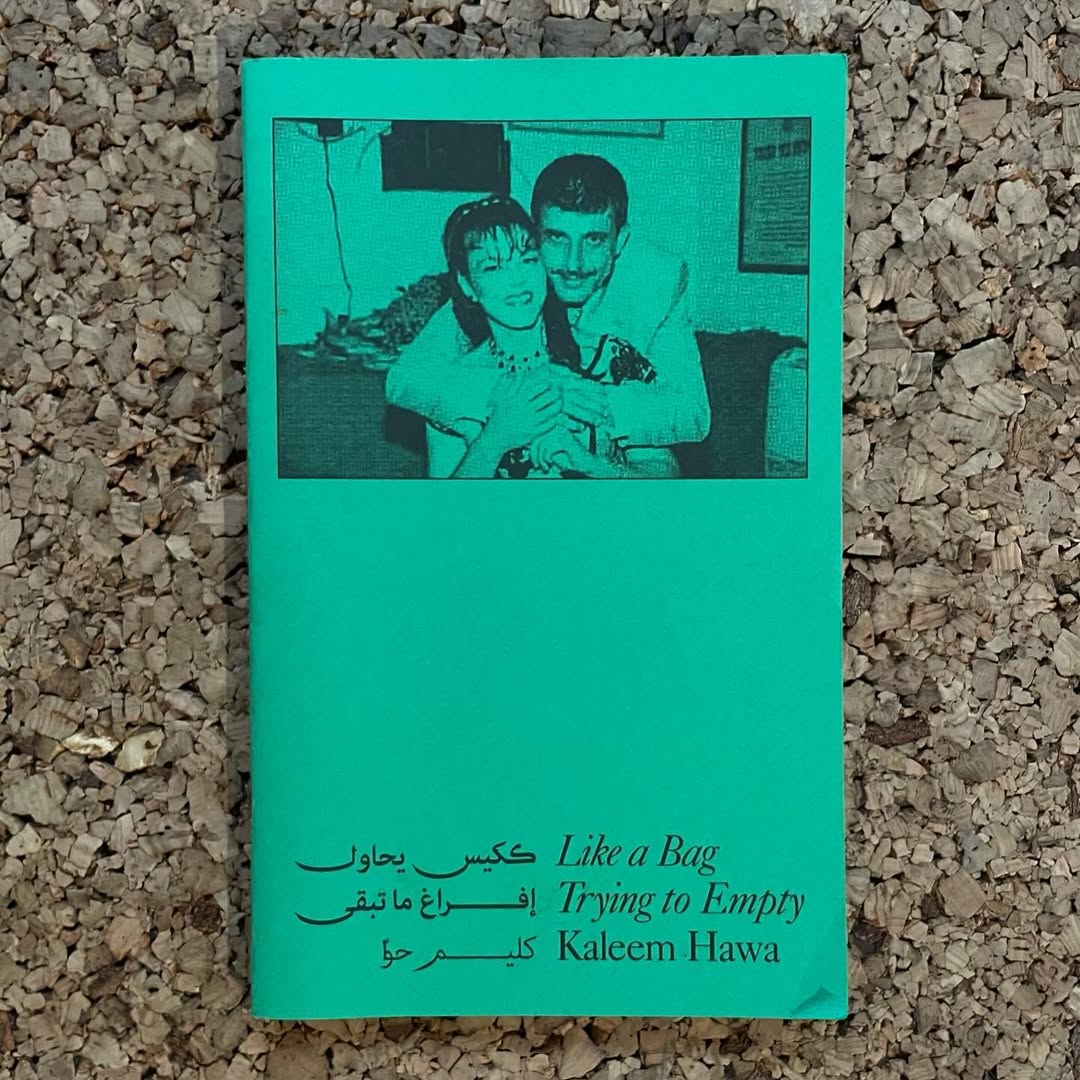
Kaleem Hawa, Like a Bag Trying to Empty, Wendy’s Subway, 2024. Photo: Haja Fanta
Like a Bag Trying to Empty by Kaleem Hawa (Wendy’s Subway, 2024)
Written in the wake of Walid Daqqa’s death in April 2024, this essay reflects on the life and thought of the Palestinian political writer, who spent thirty-eight years imprisoned by the Zionist regime. Hawa moves through the history of the Palestinian prisoners’ movement, considering hunger strikes, prisoner exchanges, and the psychic toll of incarceration. He traces the transformation of the village of Majdal into the site of Askalan Prison, weaving a powerful reflection on land, resistance, and time. Daqqa’s presence surfaces and recedes at pivotal moments in the recent history of Palestine.
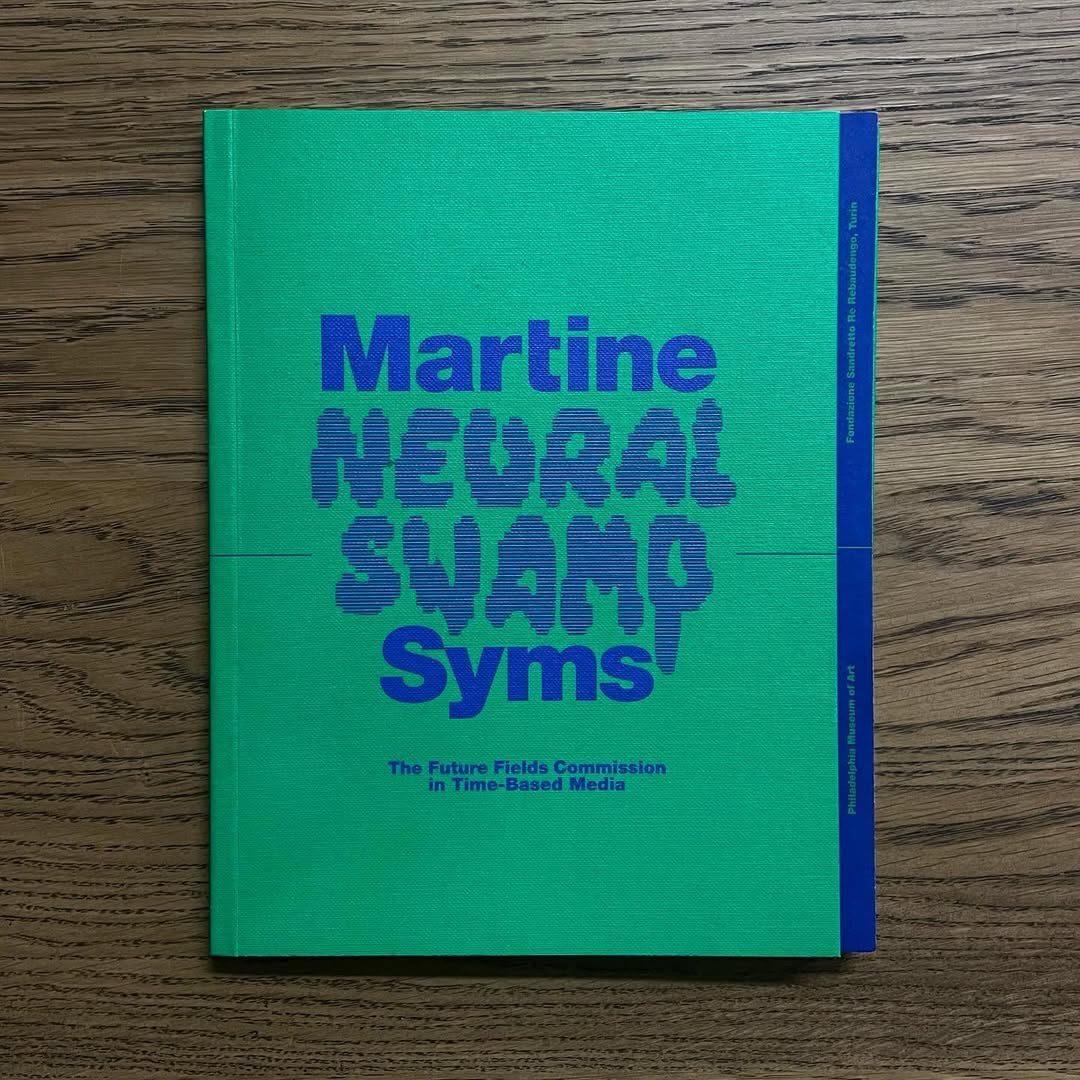
Martine Syms, Neural Swamp, Philadelphia Museum of Art and Yale University Press, 2022. Photo: Haja Fanta
Neural Swamp by Martine Syms (Philadelphia Museum of Art and Yale University Press, 2022)
Born from an immersive installation Syms created at the Philadelphia Museum of Art, this publication deepens her ongoing research into machine systems, questioning how Black people can exist within technologies and infrastructures that so often extract from and misread Black bodies, voices, and narratives. It includes contributions from Amanda Sroka, Christina Sharpe, Irene Calderoni, and Syms herself.
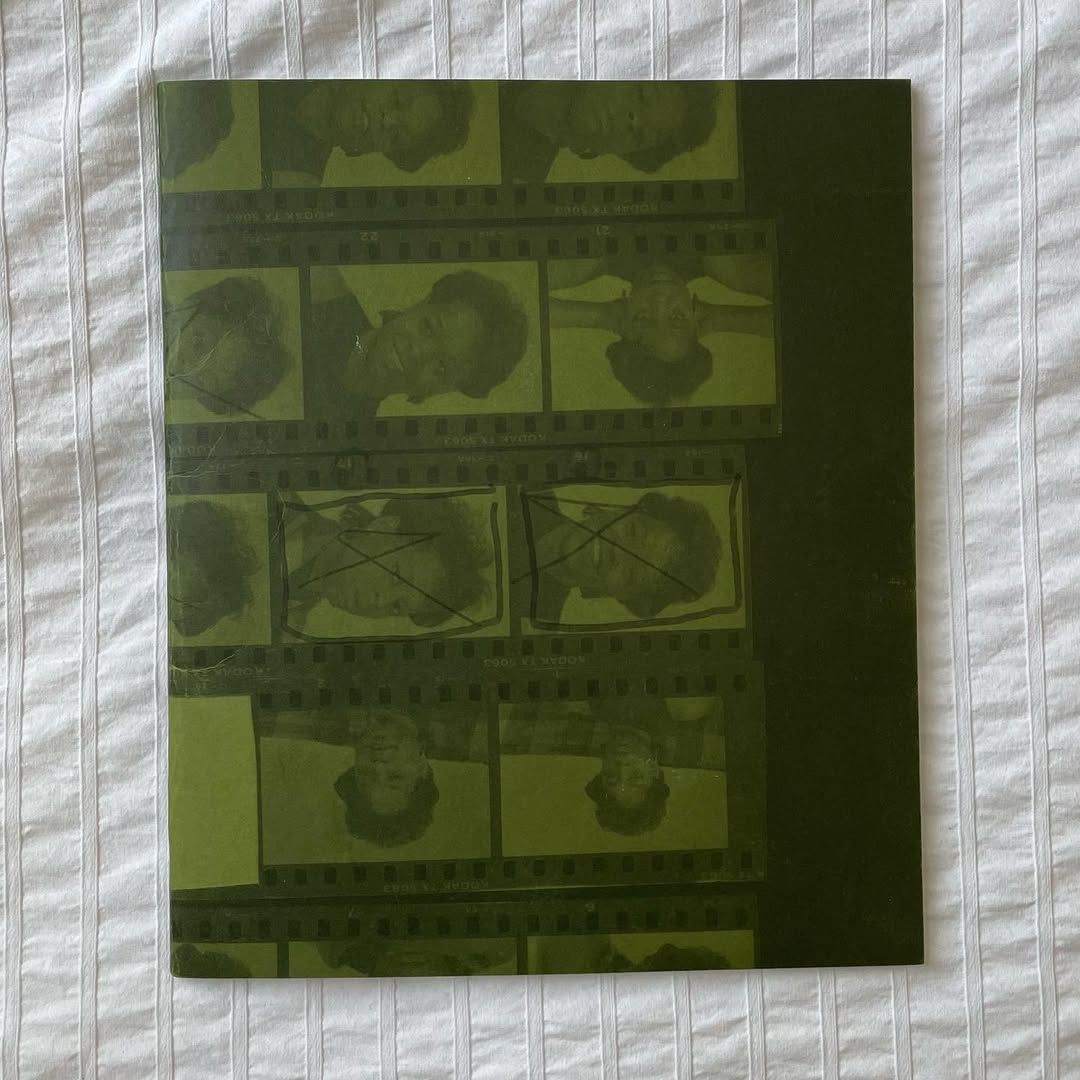
Steven Cuffie, Women, New York Life Gallery, 2022. Photo: Haja Fanta
Women by Steven Cuffie (New York Life Gallery, 2022)
This limited-edition zine presents a tender and intimate series of black-and-white images of women and the city of Baltimore, taken by Steven Cuffie in the 1970s. Published posthumously, it features photographs of lovers, girlfriends, and strangers. While Cuffie worked professionally as a photographer, this body of work offers a rare glimpse into an artistic practice he kept largely private, which makes the selection, by his son Marcus Cuffie, especially distinct and unique.
Haja Fanta is a curator, researcher, and writer with a diverse and international practice, dividing her time between London and Dakar. She is the founder of Studio Marrah, a research-driven curatorial studio. She collaborates with artists, organizations, and institutions to deliver cohesive and engaging exhibitions, projects, and programs within the sphere of arts and culture. She also works at RAW Material Company as an assistant curator.
INSIDE THE LIBRARY
More Editorial